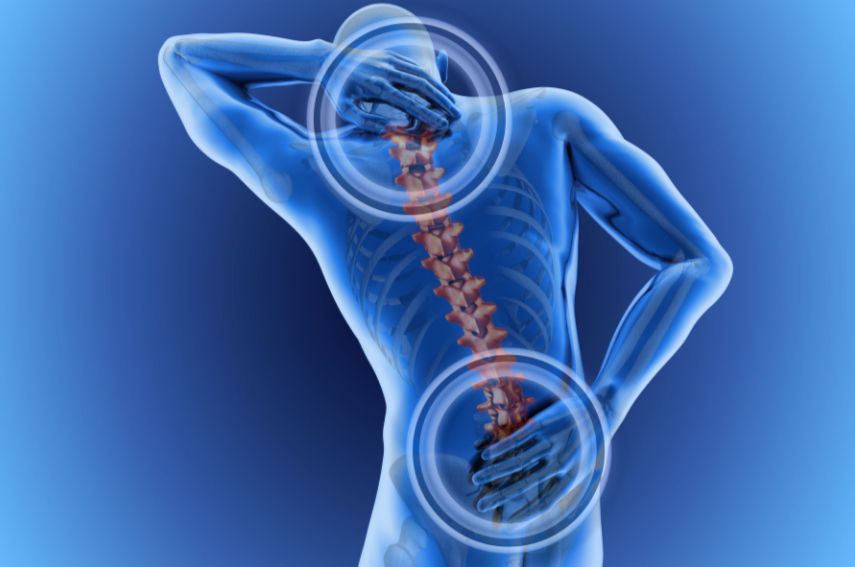Foot Posture and Dental Malocclusion
- Dr. Melissa Adams

- Jul 1
- 3 min read

In our office, we often discuss the importance of foot posture and taking care of your feet, not just the skin, but the joints within your foot. We know that if they are not moving properly, if your foot is quite stiff, if you are flat footed, you are more likely to have not only foot pain, but knee, hip, back pain ... all the way up the chain!
But ... have you ever thought about whether or not how your teeth come together, has an impact on your foot posture!?
This study looked at just that!
First, let's look at some definitions used in the study article, so we're all on the same page!
Clarke Angle: This is an angle measurement of the feet, seeking to classify feet as "normal," pes planus/pronated (flat feet), or pes cavus/supinated (high arch). A lower degree indicates pes planus/flat feet.
Foot Posture Index (FPI): This is looking at 6 different things about someone's feet and utilizes scoring which can result in an index score from -12 (very high arch, very supinated) to +12 (very flat footed, very pronated).
Angle classifications of dental malocclusion: Occlusion is how your teeth come together, your bite. Malocclusion indicates there is something wrong with how your teeth come together. There are three classifications. Class I is considered normal, Class II is when the lower jaw is too far behind the upper jaw (overbite), Class III is when the lower jaw is too far forward compared to the upper jaw (underbite).
Okay, now that we have sorted that out, let's move onto this fascinating study!
This study looked at the feet of 189 children from the ages of 6-9 years old, with 95 boys and 94 girls. It took place in Spain, and although they measured both feet of each kid, they only used the right foot for the final statistics.
They found that 31% of the kids had pronated feet and 3% had supinated feet. About 37% were considered to have "moderately flat" feet, 16% were considered to have "flat" feet, and 2% were considered "cavus" feet (high arches). This is similar to what we see in our office, far more flat-footed people than those with very high arches.
When it came to the dental malocclusions, about 21% had a Class II malocclusion while about 10% had a Class III malocclusion.
In the end ... about 48% of the kids who had pronated feet (flat-footed), had a Class III malocclusion (underbite) and about 8% had a Class II malocclusion (overbite). Of the kids with supinated feet (high arches), about 38% had a Class II malocclusion, with none having a Class III malocclusion.
How does someone end up with a malocclusion? LOTS of ways that this can happen, but one way is ... being a mouth breather. Those who primarily breathe through their mouth are more likely to have malocclusions as well as craniofacial bone abnormalities. This is because of the posture that needs to be assumed, in order for someone to breathe regularly through their mouth, which results in changing the position of their jaw and impacting the structure of the bones of the face. These people often end up with a Class II malocclusion (overbite) and more.
We talk about tongue and foot posture as well as breathing in our office ... these are all incredibly important to your overall health and wellbeing!
Ultimately ... it looks like there may be a relationship between someone's foot posture and their dental occlusion. This means it is important to get children, at about age 7, to an orthodontist (not just a dentist, orthodontists go to school to specifically study all this, and for years!). Early intervention may be needed and results are better when steps are taken earlier, because they are still growing.
Blog sponsored by One More Step Foundation
This is not medical advice, always ask a chiropractor if chiropractic care is appropriate for you, and your preferred healthcare provider before making dietary, supplement, or lifestyle changes








Comments